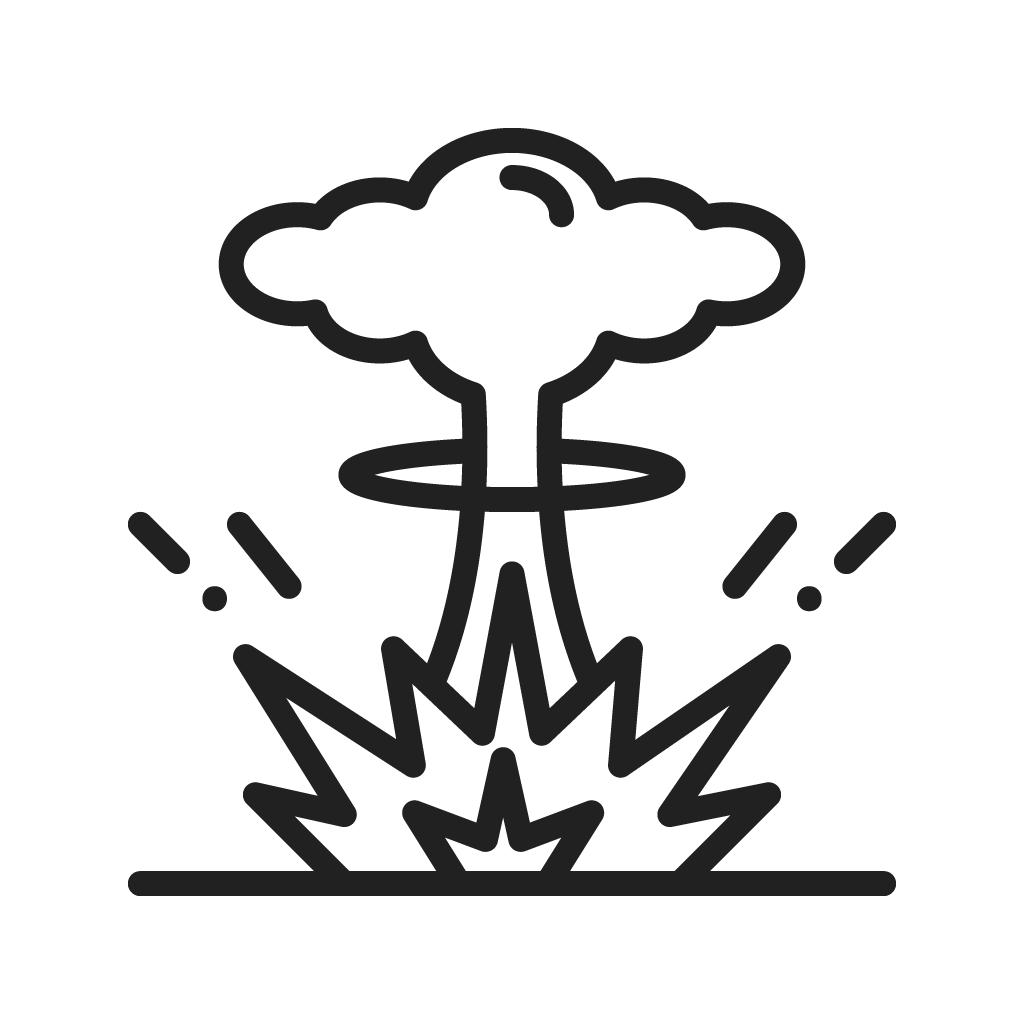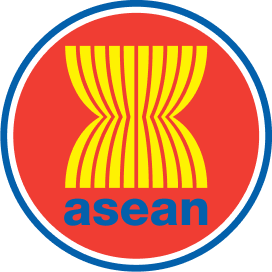Theme 2: Natural and Built Environment
Natural Environment
Overview
The ‘Natural Environment’ is the default state of land and ecosystems onto which human lives, including the built environment and human are imposed. The natural environment includes: forest, peatland, desert, meadowland, rivers or oceans upon which humankind may have made great or little impression; managed land used for farming, grazing livestock or gathering requirements for living; quarried, mined, exploited, polluted – or abandoned land, reverting to a new ‘natural’ state; productive or unproductive land, well managed or plundered, capable of supporting bio-diversity or barren (usually as a result of human activity).
Key Findings

Policy Implications

Economic evaluation of development projects or industrial strategy is not possible without a clear review of environmental considerations, including those environmental changes that are in the pipeline over the next thirty to fifty years, such as sea-level rise and increased severity and frequency of extreme weather events – with their grave implications for social sustainability.

Concern for the natural environment is not the enemy of development and growth; indeed, it is an essential component of sustainable and inclusive growth.

A focus on creating and supporting a resilient natural environment will pay for itself many times. Floods will cause less damage, air quality will recover more quickly, food production will be more secure. But natural disasters will still occur. The natural environment poses regular challenges to the ASEAN region, and demands constant attention to resilience, foresight, planning and management.











